How To Protect Plants From Frost
As an Amazon Associate and member of other affiliate programs, I earn from qualifying purchases.
Find out how to protect garden plants from frost, your options for frost protection in the garden, and what things you already have in your house that can protect your plants from freezing if you get caught unprepared.
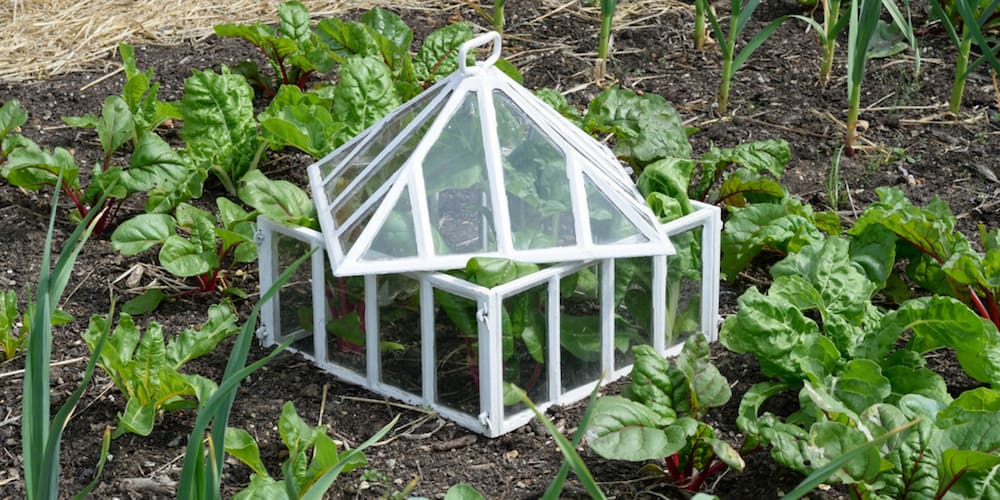
What is frost?
Frost is simply frozen condensation. It occurs at temperatures below freezing, i.e. 32F and 0C. In gardening, we talk about a light frost and a hard freeze. A light frost occurs below 32F and causes ice crystals to form from water molecules in and around your plants. A hard freeze is typically below 25F for more than 4 hours. Some frost tolerant plants will not have a problem with a light frost, but few vegetables will tolerate a hard freeze.
What does frost damage look like?
When water freezes it expands, and this causes your plants’ cell walls to burst. Portions of plants damaged by frost will initially be black and slimy. The foliage wilts and you’ll often note burned growing tips. You may just lose a few leaves, but it’s also possible to wake up to a completely dead plant.
How do you protect plants from frost?
Essentially, you just need to cover your plant with some kind of material to trap warm air around your plants so that temperatures stay a few degrees above those outside the cover. The type of cover you use doesn’t actually matter all that much. So in a pinch, you can throw almost anything over your plants as long as it doesn’t squish them and you take it off in the morning.
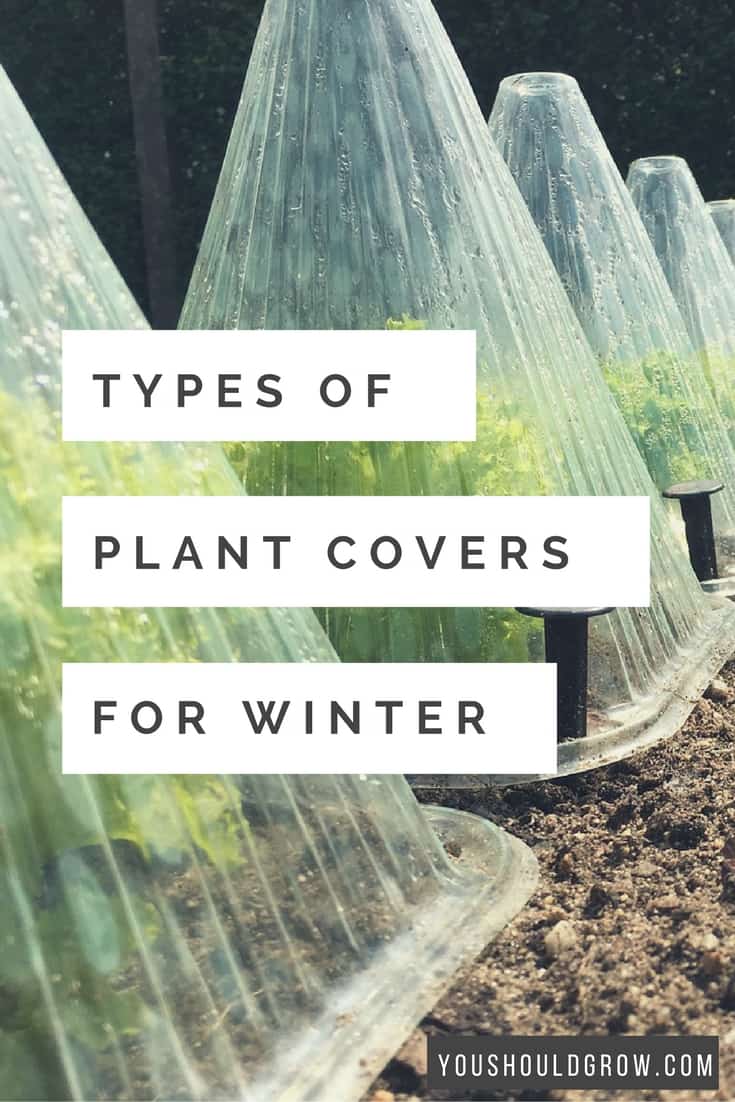
Consider planting frost resistant plants
Not all plants are as susceptible to damage from frost. Some plants can protect themselves from a light frost by increasing the sugar content within their cells. The increased sugar lowers the freezing point of the water in the cells just enough to protect the cell walls from damage, and these plants will actually taste better if they are grown through a frost!
5 ways to protect plants from freezing temperatures
If your first frost is a few weeks away, then you still have time to build a low tunnel or cold frame. However, sometimes frost warnings pop up unexpectedly, and you might not be ready with a low tunnel or cold frame.
If that’s your situation, don’t worry! I have some quick solutions for frost protection that you can use in a pinch. The first two types of plant covers for cold weather not only offer frost protection but actually create a microclimate that will significantly extend your growing season.
Protect plants in winter with a low tunnel
A low tunnel is a short greenhouse tunnel placed over your plants. They are usually only 2-4 feet tall. You create a low tunnel by placing hoops every few feet and covering the entire bed or row with plastic or agricultural fabric.
The covering works by trapping warm air under the tunnel to raise the temperature a few degrees which protects your plants from frost overnight. This method using fiberglass rods is the easiest and fastest way to make hoops that I’ve seen!
You can also make hoops from PVC pipe (here’s a good tutorial) or use this tool from Johnny’s to make hoops from galvanized electrical conduit. That’s how we built ours.
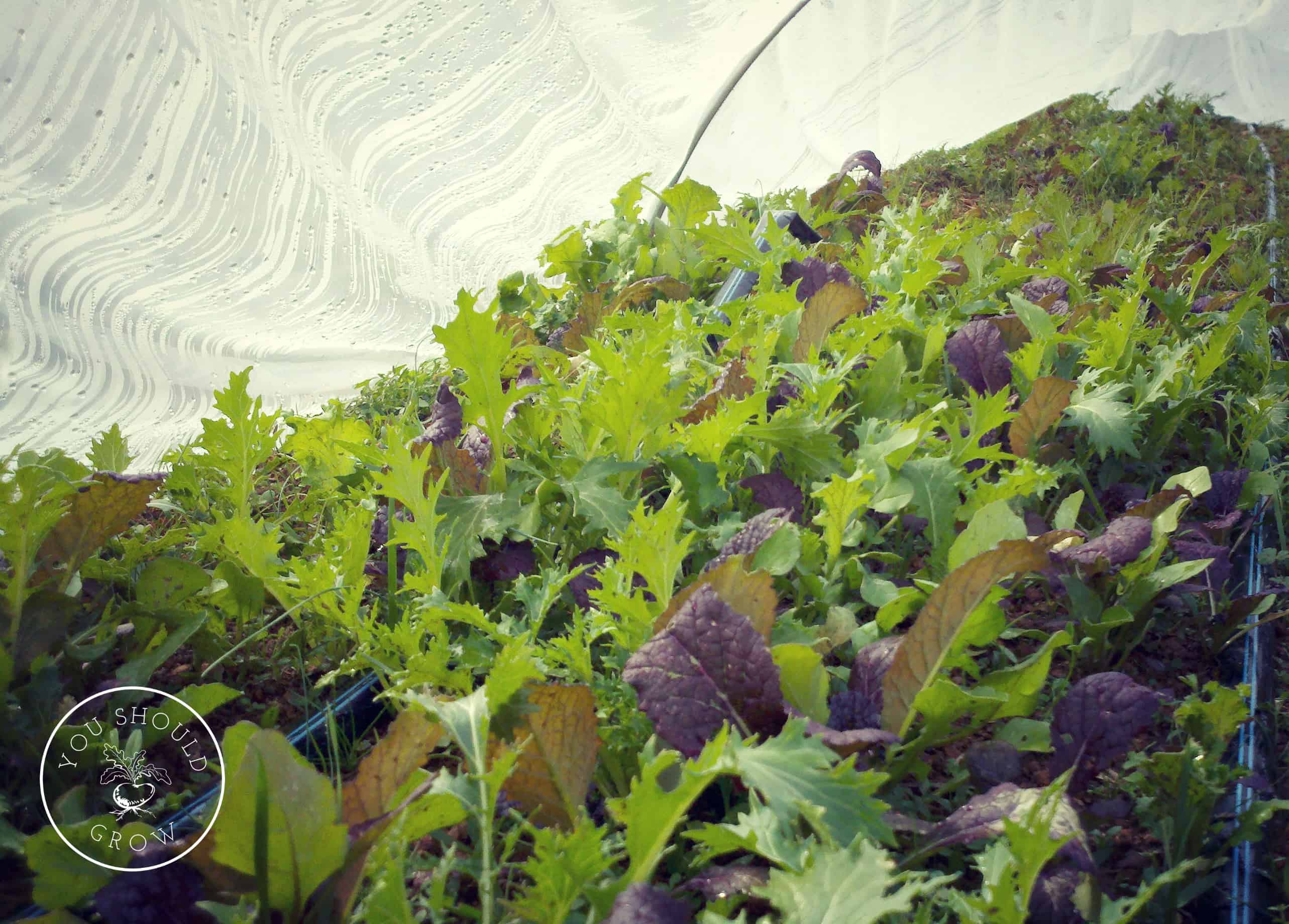
For the cover that you’ll place over the hoops, you may choose a lightweight frost protection fabric (like this one) which will protect plants from frost down to about 28 degrees Fahrenheit. If it’s colder than that, you’ll need to use a thick UV resistant plastic sheeting. Don’t forget to place rocks or bricks around the edges to hold the fabric or plastic down, and make sure that at least one side of your tunnel can be lifted for harvesting.
During periods of warm days and cool nights, you may need to open the ends of the low tunnel during the day to let out some heat. This is especially true if you decide to go with plastic sheeting. Low tunnels are one of the best ways to grow more food during colder months. They can be customized to fit the length and width of your garden bed and are easily stored when not in use.
Build a cold frame for frost protection.
A cold frame is basically a small greenhouse that can be placed over your a garden bed. Cold frames can be built with scrap lumber and old windows like this one from This Old House. However, it doesn’t need to be that complicated. It can be as simple as setting some hay bales around your plants and placing a window on top.
A cold frame provides excellent insulation and protection from wind and cold weather. However, while there are many uses for cold frames, this type of frost protection does limit your growing space. And, depending on the construction, the walls can block some of the light that your plants receive. For these reasons, a cold frame is most appropriately used for small garden beds.
Use a plant cloche
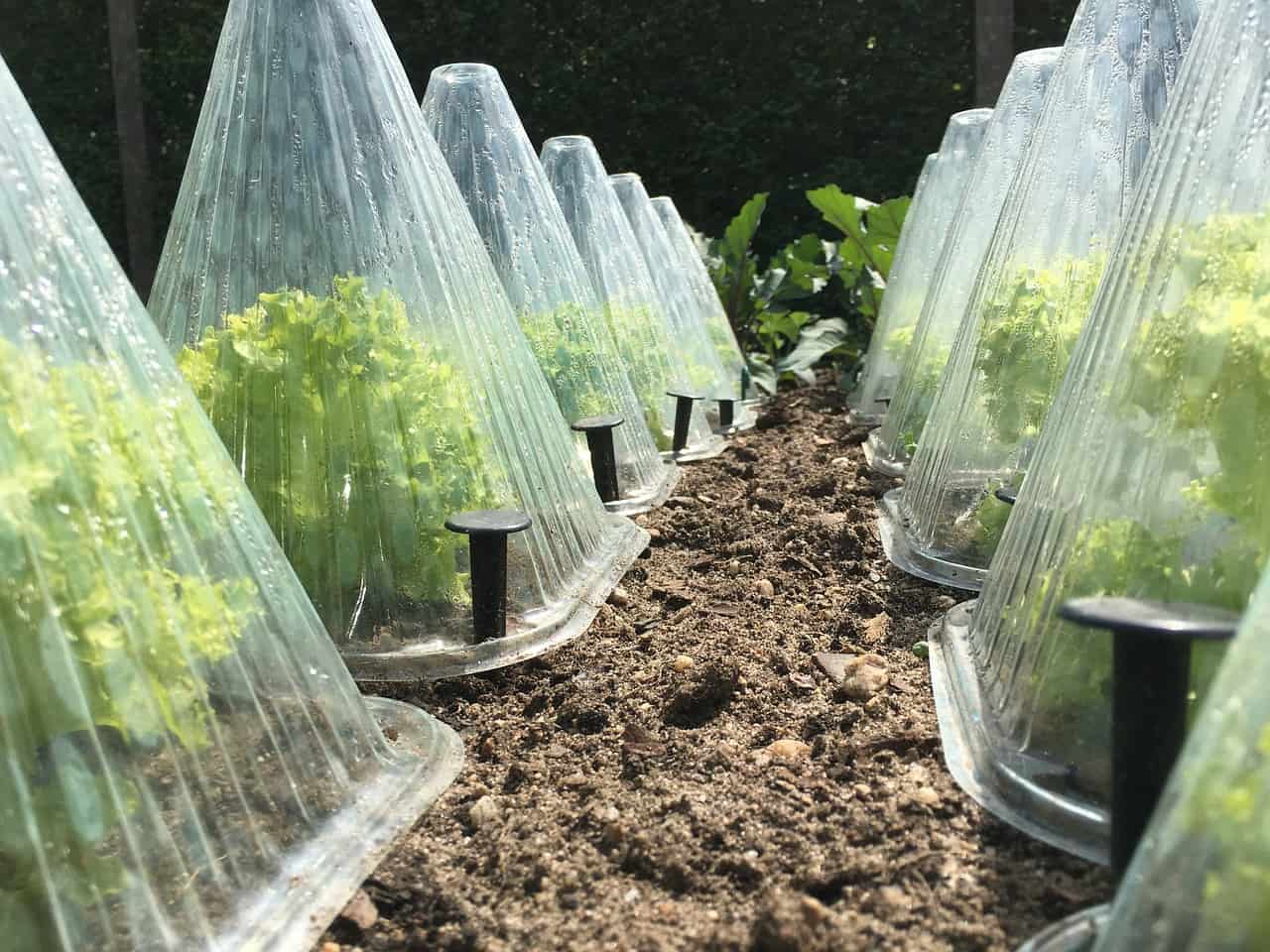
A cloche is a tiny greenhouse house you place over individual plants. This is a great option if you have just a few seedlings or small plants in the garden that need protection. They are usually made of plastic or glass and may be rigid or flexible like these popup types. You can also make your own from 2-liter plastic bottles or a milk jug. All cloches should some venting so that they don’t cook the plants the next day. Otherwise, make sure you’re out there as early as possible to remove the cloche before the sun comes up.
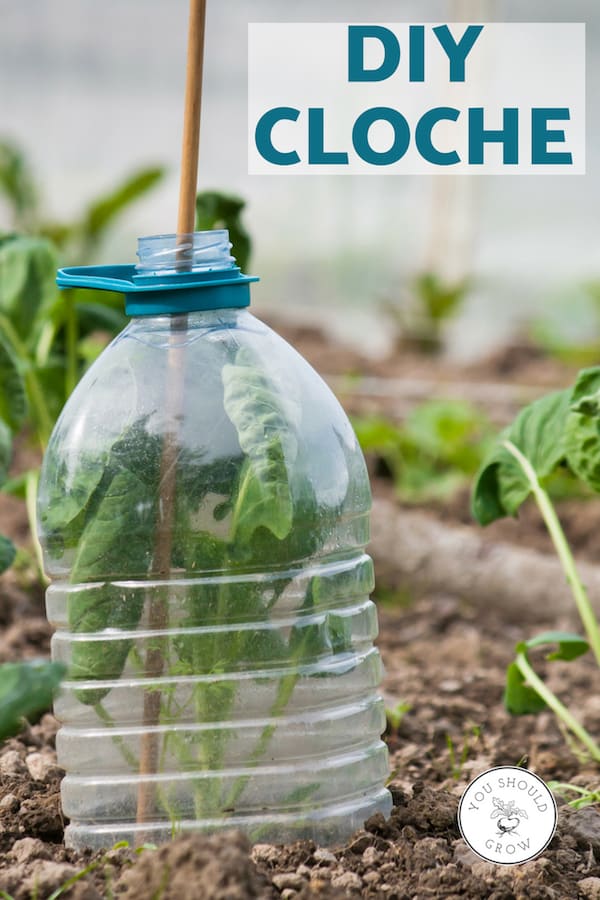
But what if frost is in the forecast and you don’t have a tunnel, cold frame, or cloche?
You have several options to protect your plants from frost even if you didn’t plan ahead.
Basically, you can cover them with anything you have on hand. For individual plants, grab a bucket, flowerpot, or even a cardboard box to put over them for the night. If your plants are sturdy, you can lay garden fleece, burlap sack, blanket, tarp, or sheet right on top of the garden bed. If your plants are small and fragile enough that laying a blanket right on top of them could break the stems, then use stakes or blocks to provide some support underneath your cover.
Be aware, though, that thinner covers like bed sheets may not provide complete protection and the tips of plants can still get bit by the frost where the cover touches them. In any case, you absolutely must remember to pull the cover off in the morning or you might smother your plants.
Don’t have a cover? Leave a sprinkler running overnight
That sounds crazy, right? I thought so when I first heard it! But keeping your plants wet can actually protect them from freezing. Make sure you read about using sprinklers to protect plants from freezing before deciding to use this method.
So if you find yourself facing a frost, don’t give up hope on your garden!
When you see a cold snap looming in your forecast, you need to act fast to protect plants from dangerously cold temperatures. Using one of these techniques you can keep your plants protected and growing healthy food even into the winter.
Have another idea for protecting your plants from frost? Leave me a comment below!
This post was updated 12/24/22 for format and removal of broken links.



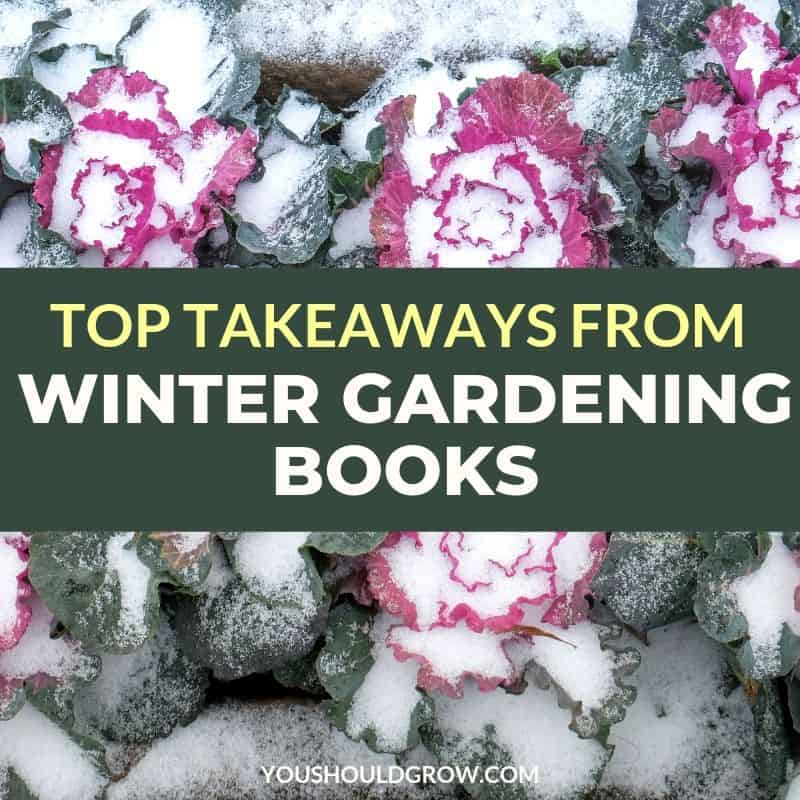
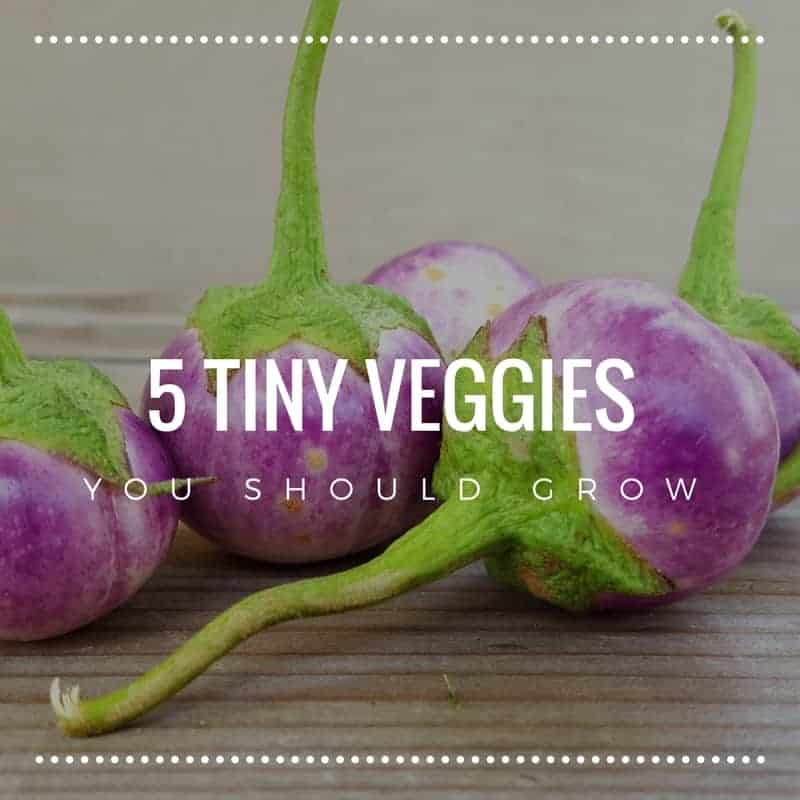

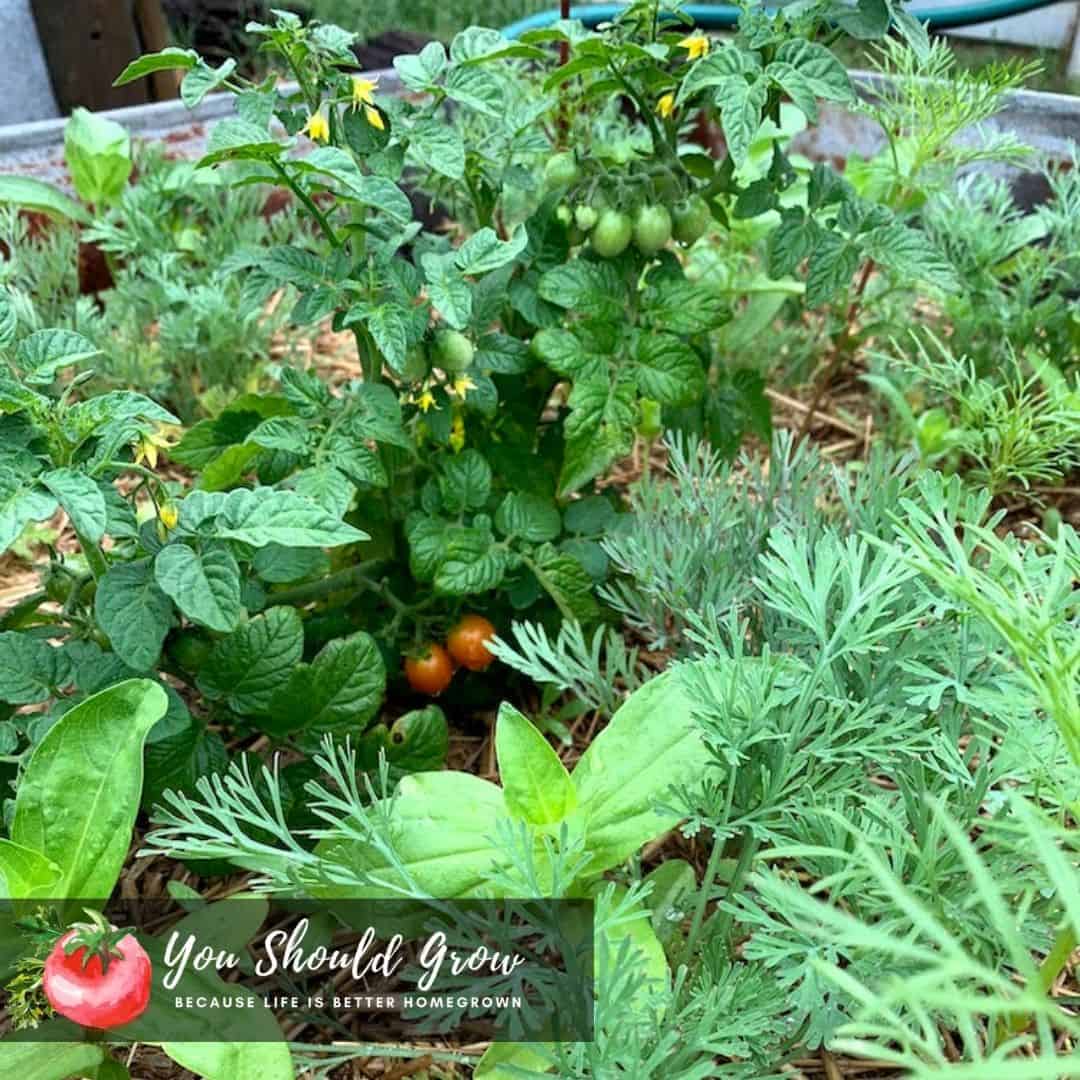
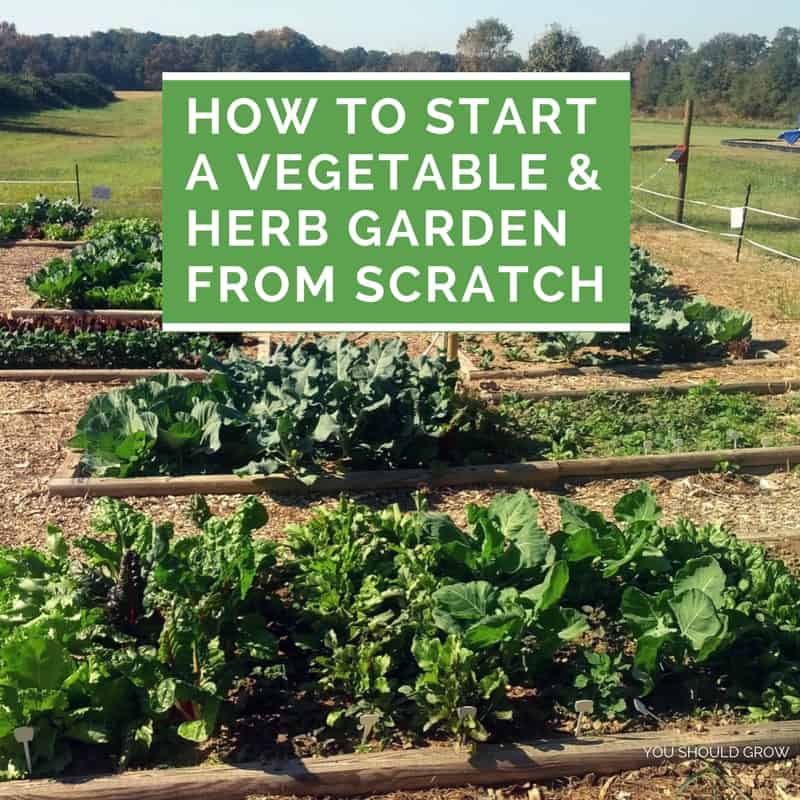
Such a wealth of information to help in getting every last bit of goodness out of our gardens. So sad to see gardening season go!
Tammy
simplypreparing.com
Thanks, Tammy. For sure, it’s always a little sad when the spring garden dies off. But the cooler weather sure is nice.
I put water bottles on the garden beds when it’s freezing. During the day, the water heats up, at night it cools. Plants get extra heat.
That’s a great idea. Similar to walls of water.